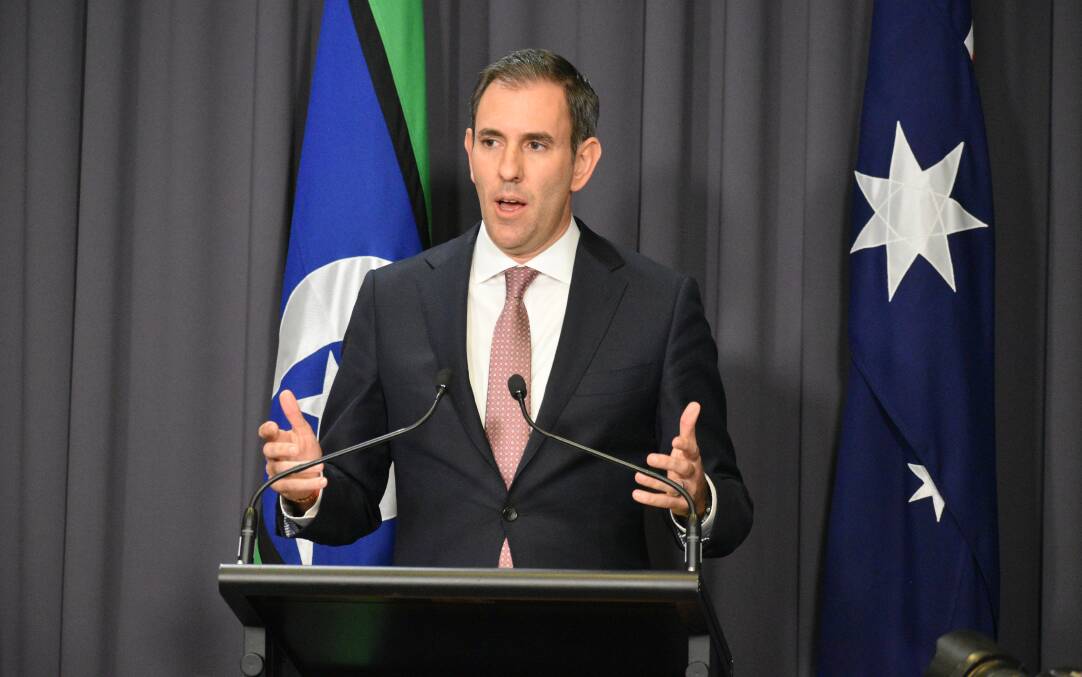
Economists hope a comprehensive review of the Reserve Bank will lead to greater transparency and bring more expert voices on the board.
Treasurer Jim Chalmers outlined on Wednesday the terms of reference for a detailed review into the RBA and its effectiveness to respond to economic conditions and inflation targeting measures.
The probe will also look at the existing governance structure of the bank and whether there is enough coordination between monetary and fiscal policy.
Under-pressure Reserve Bank governor Dr Philip Lowe welcomed the review claiming it would provide an opportunity to "take stock" of existing economic levers and whether they are adequate for future challenges.
A number of economists had called for an independent review of the central amid criticisms of the board's communication, particularly during the pandemic. The RBA also predicted wrongly interest rates would not rise until late 2023 or 2024.
ANU economist Warwick McKibbin said transparency and governance would be crucial areas for the review to consider, claiming the board structure represented too many sectoral interests instead of having a pure national focus.
"You can only have transparency of the board if the board members are not representing sectoral interests," Dr McKibbin said.
"That's the problem with the current board. When it's behind closed doors, they act in the national interest, but once you open it up, they have to pronounce their sectoral interest because otherwise they seem to be acting against the people they are representing."
Dr McKibbin believed the RBA should be structured similarly to the High Court, where each judge has two permanent staff assigned to them.
Part of the probe will also look at the effectiveness of existing settings, with Dr McKibbin believing the review may recommend multiple tools for multiple objectives.
The onset of the COVID-19 pandemic sparked the RBA to implement a number of other measures including yield targeting and quantitative easing, both of which were designed to assist in keeping downward pressure on funding costs.
Dr Chalmers highlighted the structure of the Australian economy had changed and a review was necessary to ensure the managers of the economy were able to adapt and respond to changing challenges.
"This is an important opportunity to ensure that our monetary policy framework is the best it can be, to make the right calls in the interests of the Australian people and their economy," he said.
"The review will consider the RBA's objectives, mandate, the interaction between monetary, fiscal and macroprudential policy, its governance, culture, operations, and more."
The review outlines a panel of three independent experts which will be supported by a secretariat and Treasury.
The panel, consisting of former Bank of Canada deputy governor Carolyn Wilkins, ANU professor Renee Fry-McKibbin and economist Dr Gordon de Brouwer, will consult with domestic and overseas experts, former RBA board members and public submissions about what policy changes need to occur.
Performance in meeting objectives, infrastructure, policy implementation, culture and management have all been outlined as areas to be scrutinised by the review.
Recommendations and findings are to be handed to the government by March.
RBA Governor Philip Lowe in a speech on Wednesday outlined further rate rises would occur, but did concede excessive stimulus during the pandemic had contributed to the current inflationary pressures.
"With the benefit of hindsight, it could be argued that we took out too much insurance," Dr Lowe said.
"But that is the nature of insurance. If the event you were insuring against occurs, you are very glad you were fully insured."
The governor did note it was a confident sign the market was signalling a return to normalised inflation next year, which would be within the target band of 2 to 3 per cent.
Australia's annual inflation rate, taken at March, stood at 5.1 per cent and expectations are that the rate will likely rise to above 7 per cent by the end of year.
High inflation has been spurred on by supply constraints and the war in Ukraine.







